Audi has announced that it will be building a battery-electric SUV from 2018.
The model will be badged as the Q6, and will take heavy influence from Audi's e-tron quattro concept that was revealed at the Frankfurt motor show last year.
The carmaker has confirmed that the new model will use three electric motors and a quick charging, high‑capacity battery to "offer a maximum of sportiness, driving dynamics and efficiency". It is claimed to be capable of eeking out more than 500 kilometres (311 miles) from a single charge.
The Q6 will be built from 2018 at Audi's Brussels production plant. Its batteries will also be created in-house at this location.
In order to make space for the new SUV, production of the Audi A1 is being moved from Brussels to Seat's facility in Martorell in Spain. Audi chair Rupert Stadler said of the move: “The new model distribution will enhance our production efficiency and strengthen all of the sites involved. It will allow us to utilise further synergies within the Volkswagen Group and to bundle key competencies".
No more details have been revealed, but Audi's promise that the e-tron quattro concept provides a clear glimpse means we can expect some traits to be carried over. Greg Kable looks over that car in more detail below.
Sam Sheehan
Audi e-tron quattro concept
When the e-tron quattro concept was revealed at the 2015 Frankfurt motor show, Luca de Meo, Audi’s sales and marketing boss, told Autocar that the electric model will “cost about the same as a well-specced Audi A6”. That suggests it will appear at a price point of at least £60k.
“We are very confident the car will find buyers,” said de Meo. “As batteries and battery management technology improves, cars like this become more viable. I see myself driving a car like this.”
He added that the market space in which the car will appear is believed to be a “sweet spot” for electric cars. The model is big enough to house the battery pack and in a price range where people can afford the technology without being so expensive that it does not sell in large volumes.
The concept provides a preview to the appearance, size and technical features of the all-electric Q6 e-tron model that will rival the forthcoming Tesla Model X.
The e-tron-quattro sports a bold new design that suggests future electric models from Audi will have their own aerodynamically optimised look. It draws on the latest developments in lightweight construction, aerodynamics, battery technology and electric drive systems to provide the performance to challenge the fastest of Audi's existing petrol, diesel and electric SUV models whilst delivering a claimed zero-emission range of up to 311 miles.
“Audi will present an electric SUV in early 2018. The e-tron quattro concept provides a concrete foretaste of this,” confirmed Hackenberg, before later revealing, "We will use this car to introduce this technology to a bigger number of customers in the market. We'll fill one factory [with production]." When asked of the scale of the plant he said, "I won't tell you about the size of the factory but it's a lot. It's not a small one."
Three motors and up to 496bhp
At the heart of Audi’s latest concept is an in-house developed electric drive system. It uses three motors – one mounted up front sending drive to the front wheels and the remaining two sited at the rear acting on the rear wheels. Nominal power is put at 429bhp, although a boosting function made available in the more sportier of two drive modes temporarily increases its maximum output to 496bhp. It is accompanied by peak torque of 590lb ft.
The power is sent to all four wheels via a drive-management system. An electronic torque-vectoring function also apportions power between the individual rear wheels depending on grip levels. The gearbox offers the choice between two modes: Drive and Sport.
Audi is yet to reveal a weight figure for the e-tron quattro. However, it is claiemd to have an Audi SQ5-beating 0-62mph time of just 4.6sec. Top speed is limited to 131mph to preserve the battery charge.
Energy to run the electric motors is drawn from a large liquid cooled 95kWh battery bolted to the floor below the passenger compartment – a position aimed at providing the new SUV the lowest possible centre of gravity while achieving a front-to-rear weight distriubution of 52:48. Hinting at its modular nature, Audi says the lithium-ion unit is suitable for other future electric models.
On a full charge, the battery is claimed to provide the e-tron quattro concept with a range of over 311 miles based on the criteria used in the New European Driving Cycle (NEDC) test procedure. Early tests suggest a combined AC/DC charging system operating at 150kW can store sufficient energy to provide up a range of up to 249 miles in around 30 minutes, according to Audi.
Wireless charging offered
Alternatively, the new SUV can be charged at up to 11kW via inductive means using the German car maker’s latest wireless charging technology and a piloted parking function that has been conceived to automatically park it over a charging plate imbedded in the ground. The charging process starts automatically, with a magnetic field providing an alternating AC current that is converted to DC by the e-tron quattro’s electronic package. Once the battery is topped up, the charging automatically ceases. The whole process can be monitored and controlled via a smartphone app.
An expansive array of solar cells mounted on the 1980mm-long roof also provides the battery with electrical energy. Described as the largest solar module to be used in the automotive sector, it is claimed to produce sufficient energy under a typical European climate to provide an added 622 miles of range per year.
Underpinning the new Audi is a modified version of the MLB platform from the upcoming second-generation Audi Q5. It has been reworked with an altered floorpan and structural elements to accommodate the batteries low down for the best possible centre of gravity.
The suspension, which uses a five-link design both front and rear, receives air springs with both adaptive damping and a self-levelling function to automatically lower the body in two stages by up to 30mm for improved aerodynamic efficiency at constant motorway speeds.
Drawing on developments brought to the latest Audi Q7, the e-tron quattro also adopts four wheel steering system with up to five degrees of movement on the rear wheels to reduce the turning circle and aid maneuverability at lower speeds around town while increasing agility at higher speeds.
The 22-inch wheels boast an aerodynamically optimised design and come shod with 265/40 low-rolling-resistance tyres clearly aimed more at on-road efficiency than off-road ability.
Active aerodynamics
Stretching to 4880mm in length, 1930mm in width and 1540mm in height, the e-tron quattro is 250mm longer, 30mm wider and 115mm lower than the existing first-generation Q5. Yet despite the generous dimensions, the drag co-efficient is significantly better than any of Audi's current SUV models at 0.25.
In a preview of the aerodynamic measures being pursued for the production version of the new Audi model, active body elements deploy above 50mph to provide more efficient airflow and added cooling potential at the front; the side sills extend in length by 50mm to smooth the flow of air past the rear wheels; a spoiler atop the tailgate extends by 100mm to elongate the roof line; the diffuser extends to speed the airflow rate at the rear and flat paneling sporting a special finish resembling the surface of shark skin is used underneath.
The interior of the e-tron quattro draws heavily on the design originally unveiled on the Prologue concept at last year’s Los Angeles motor show. It provides seating for up to four, with two individual seats front and rear. Boot space is put at 615 litres – 75 litres more than that offered by the first-generation Q5. Owing to the lack of a traditional exhaust system, the luggage compartment area is set low. With the rear seats folded, capacity increases to 1725 litres – some 350 litres less than that of the new Q7.
Hackenberg explained the driving force behind the creation of the Audi e-tron quattro: “This is the SUV that sales and marketing were asking for. We [the engineering division] wanted a car with low rolling resistance. This concept combines both, together with Audi’s core values: quattro four-wheel drive, air springs, aerodynamics.”
The ultra-efficient aerodynamics of the e-tron quattro are the result of an internal Audi design competition, explains Ingolstadt’s exterior designer Andreas Mindt: “We had an internal competition to develop the aerodynamics, with four teams developing quarter scale prototypes in the wind tunnel”.
The rings of OLED lights at the corners of the e-tron quattro will become shorthand to signify a plug-in vehicle in Audi’s range.
Greg Kable

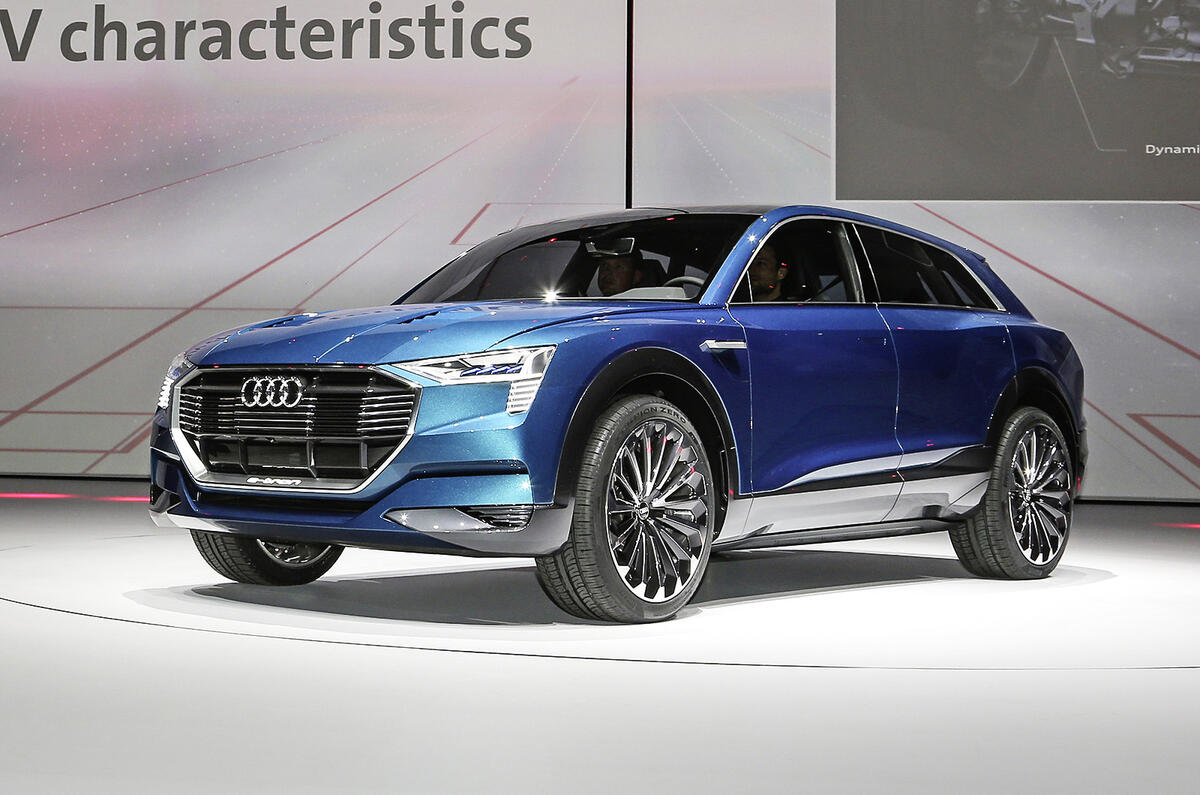
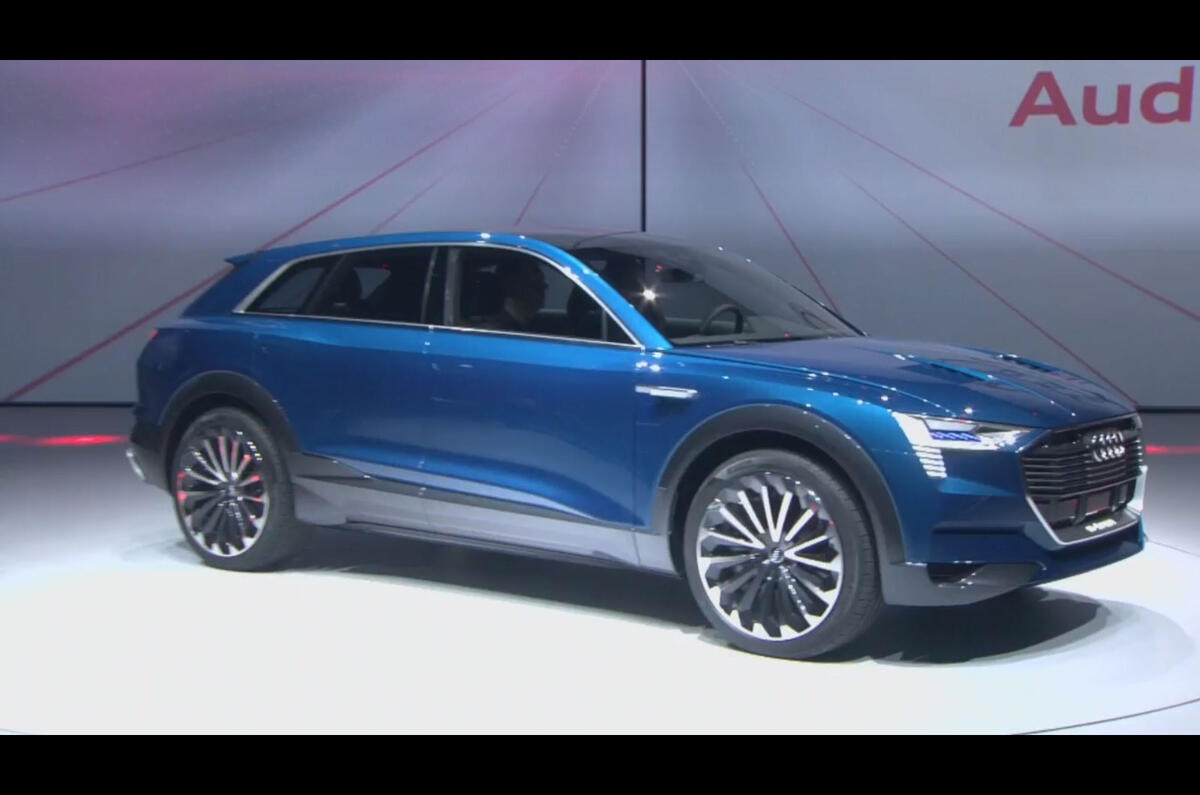
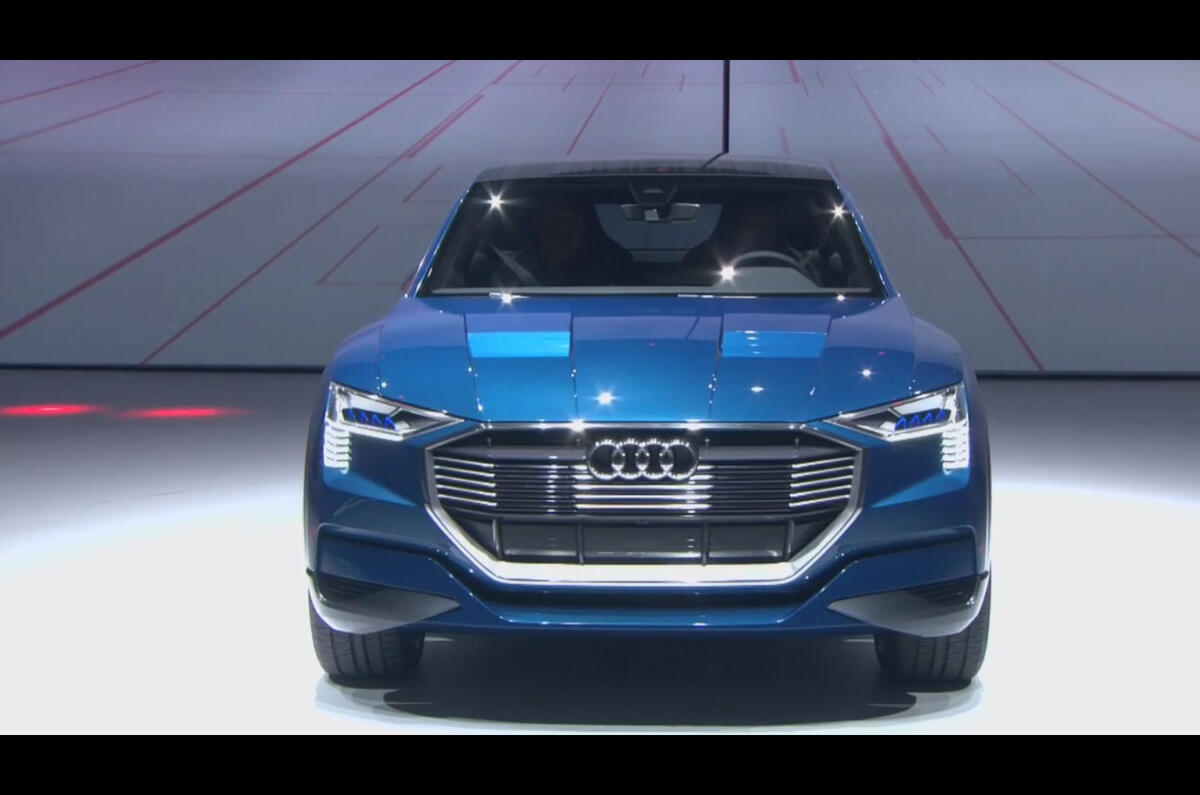

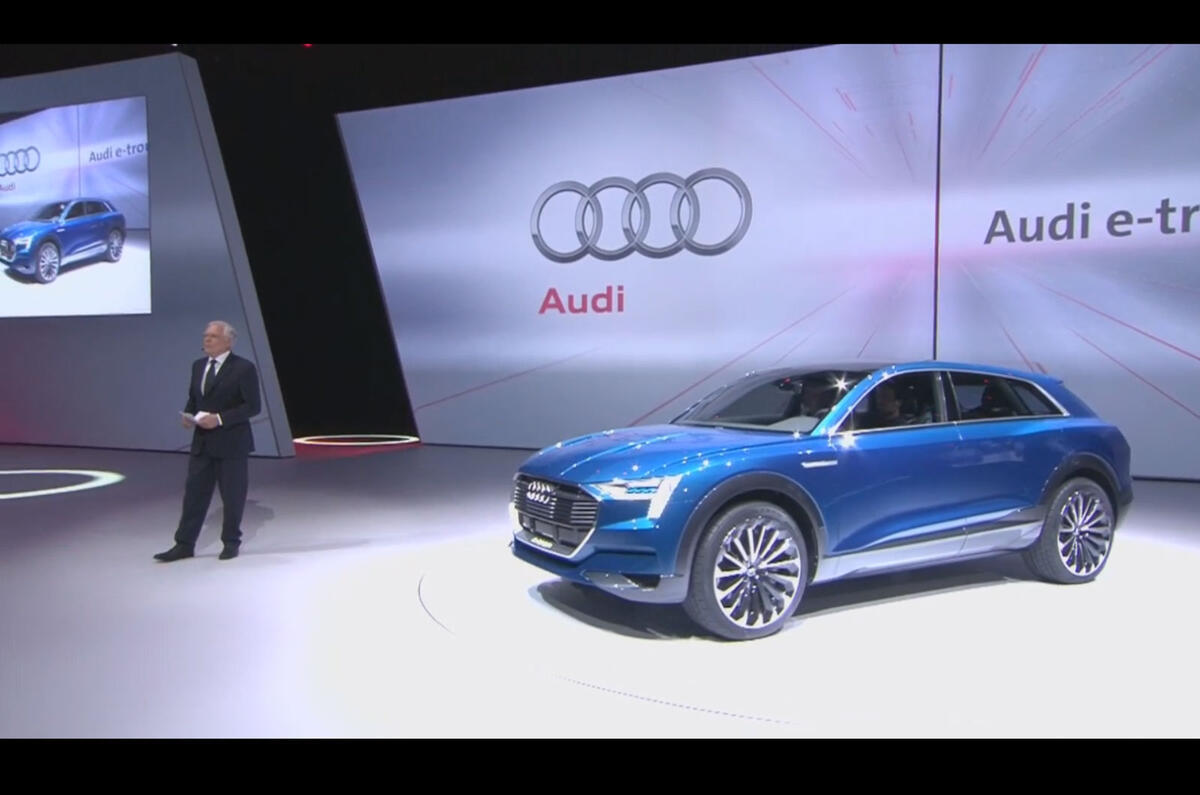
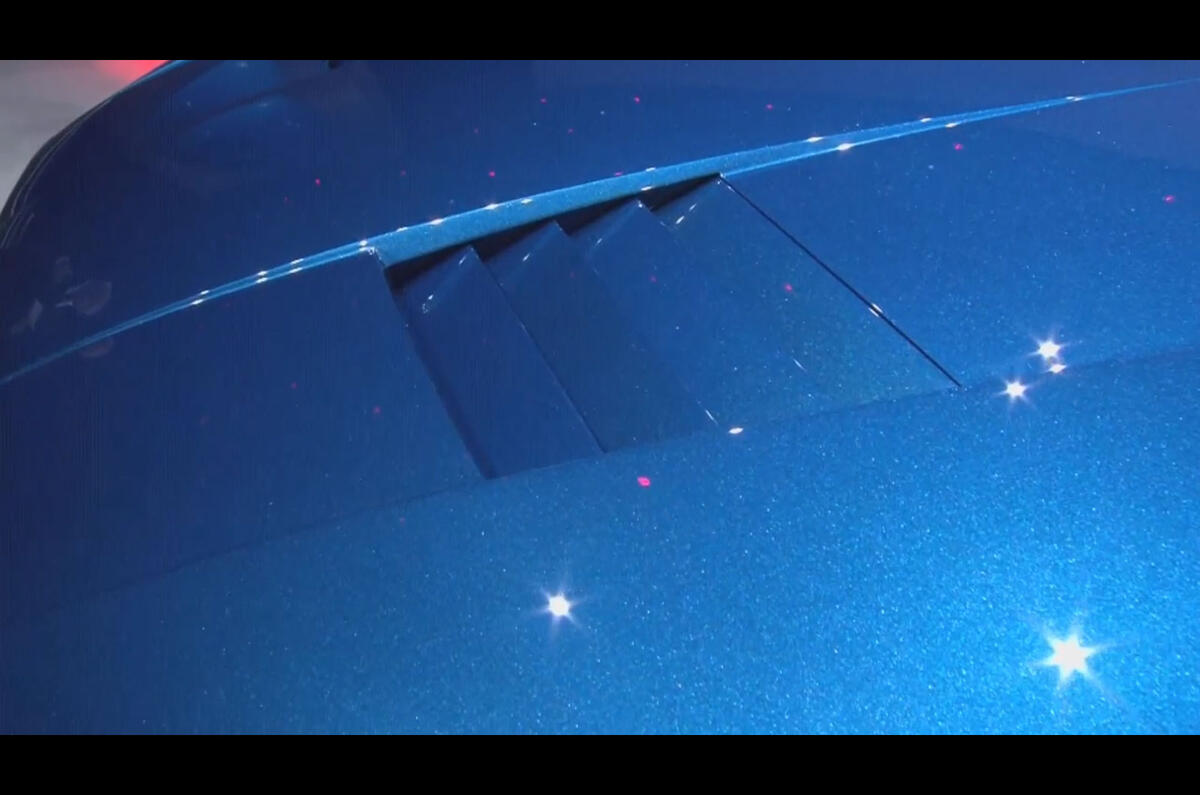
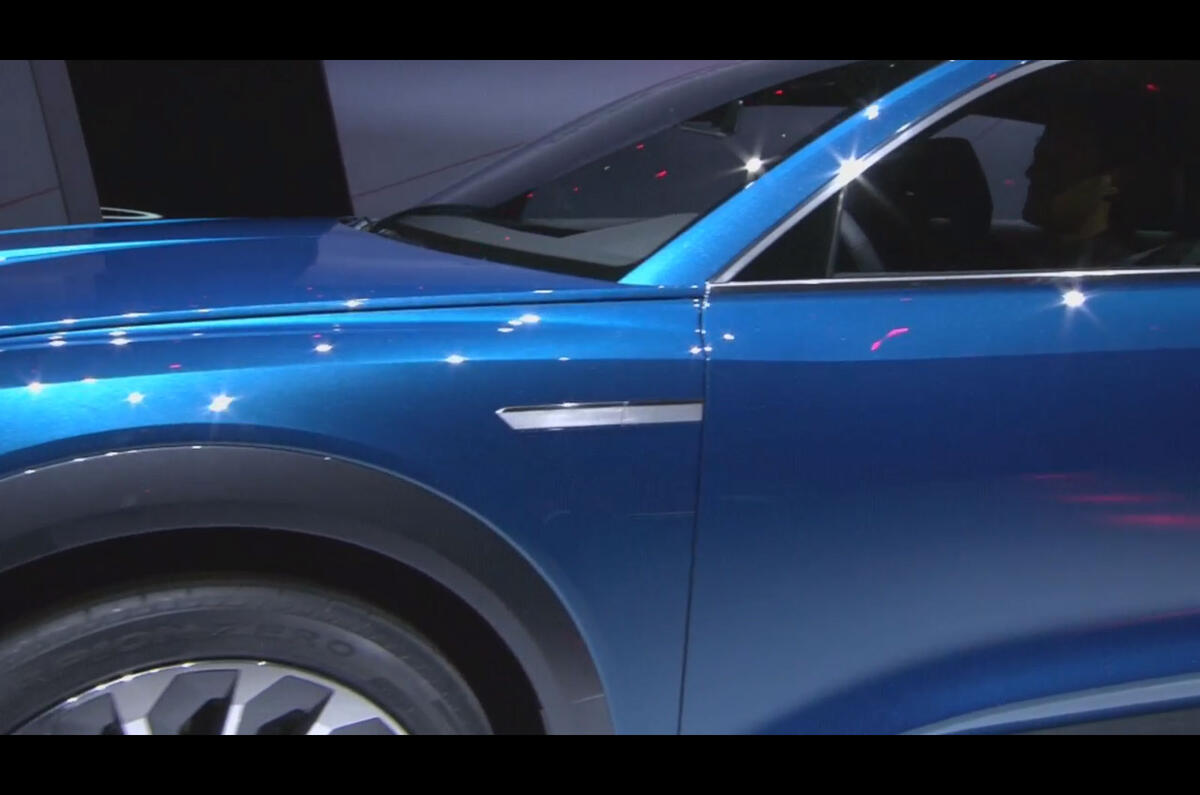
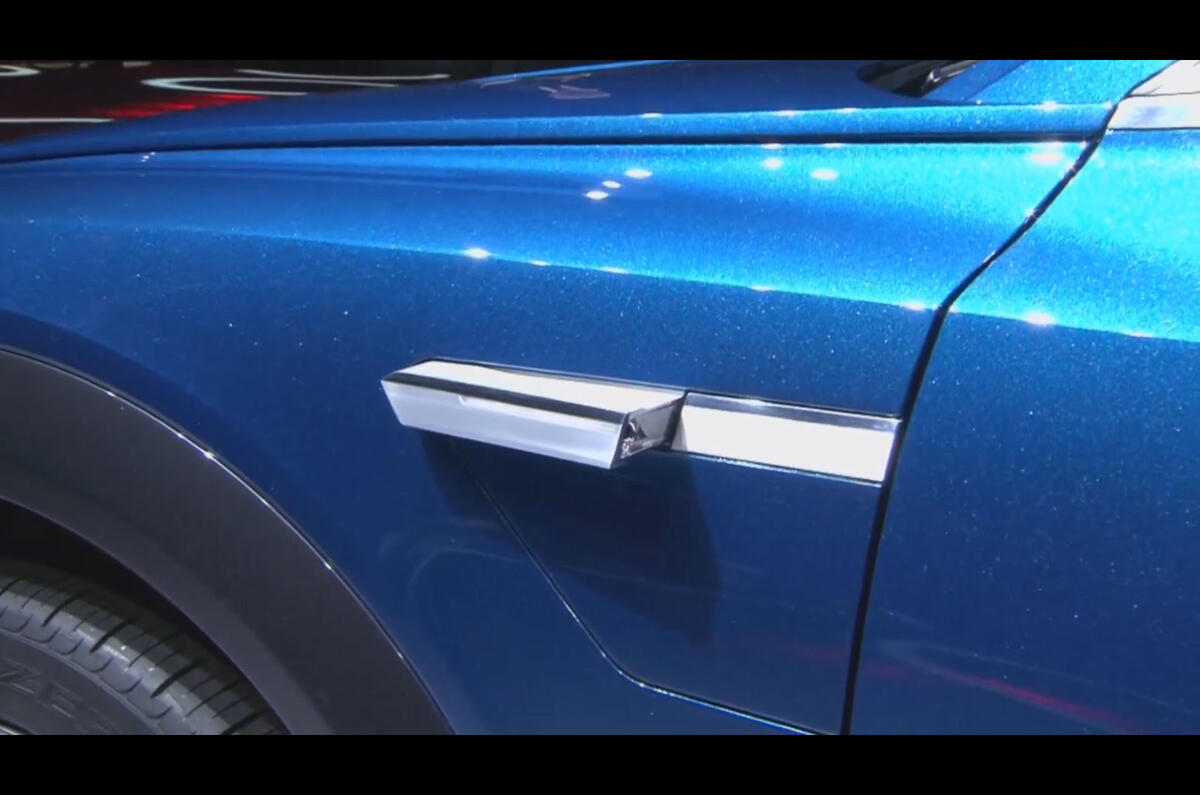
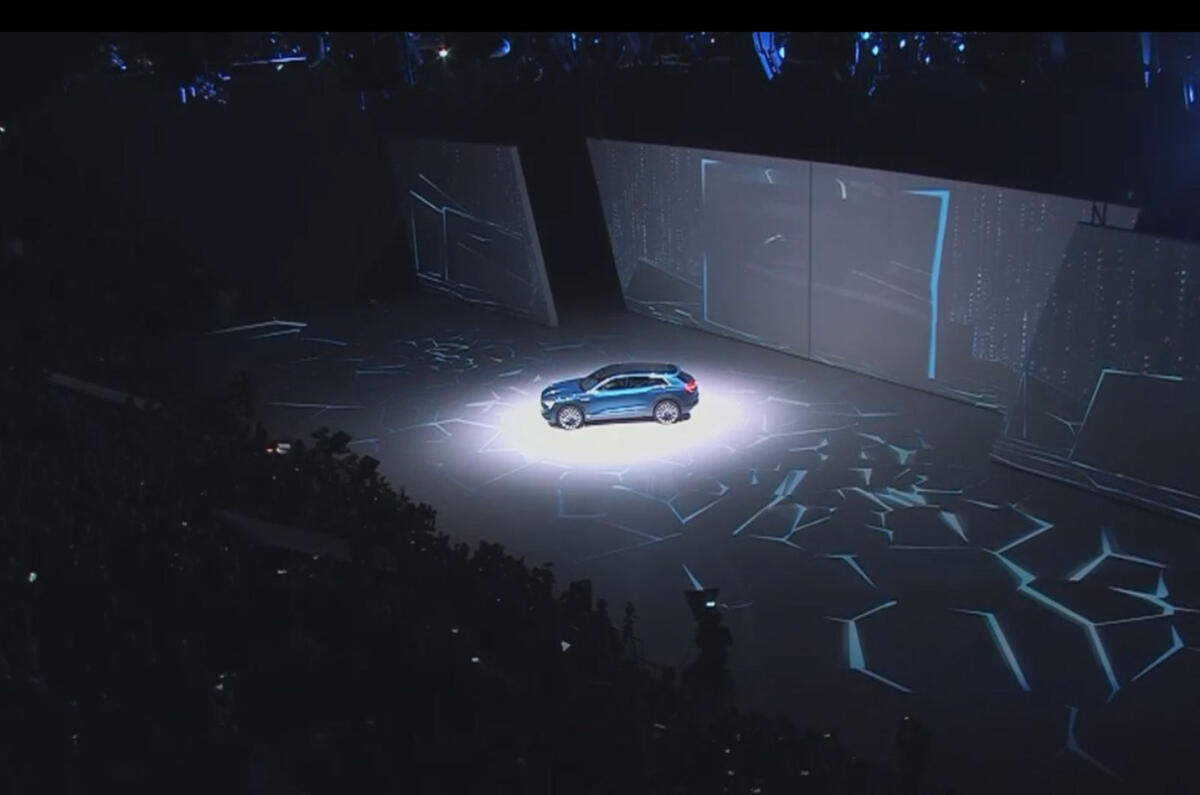
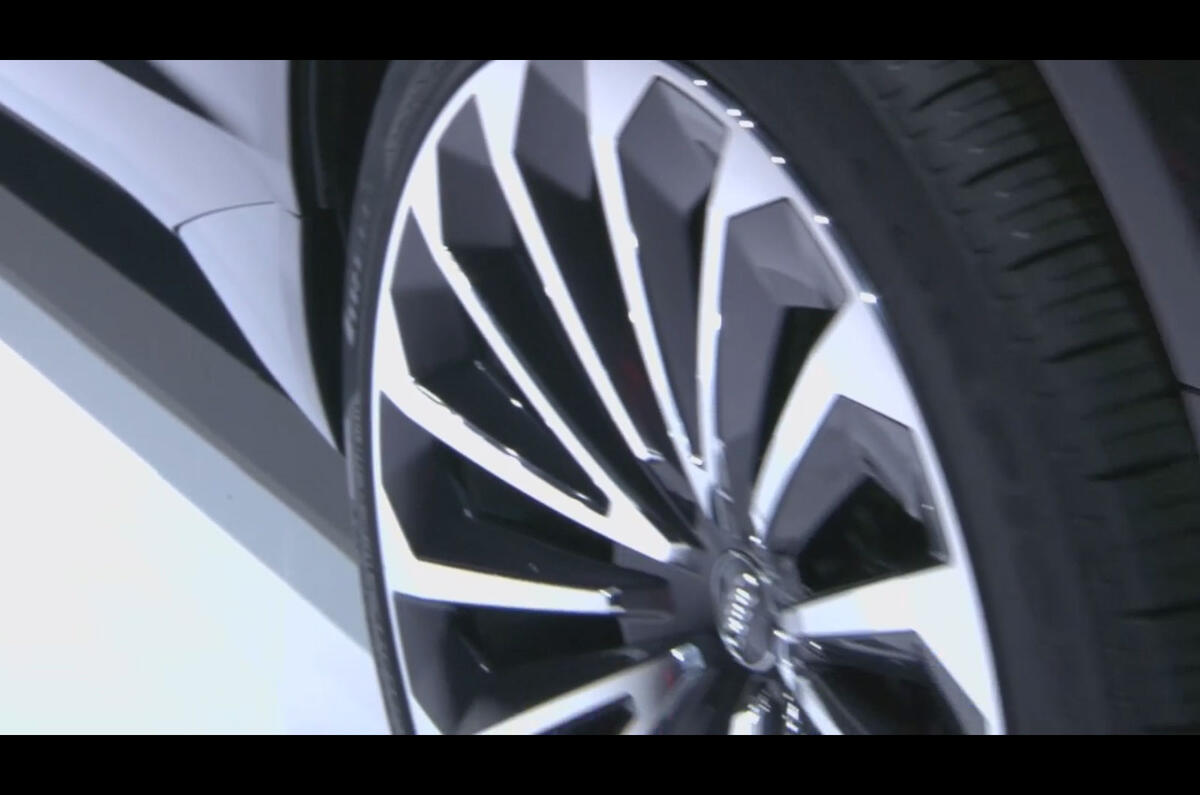
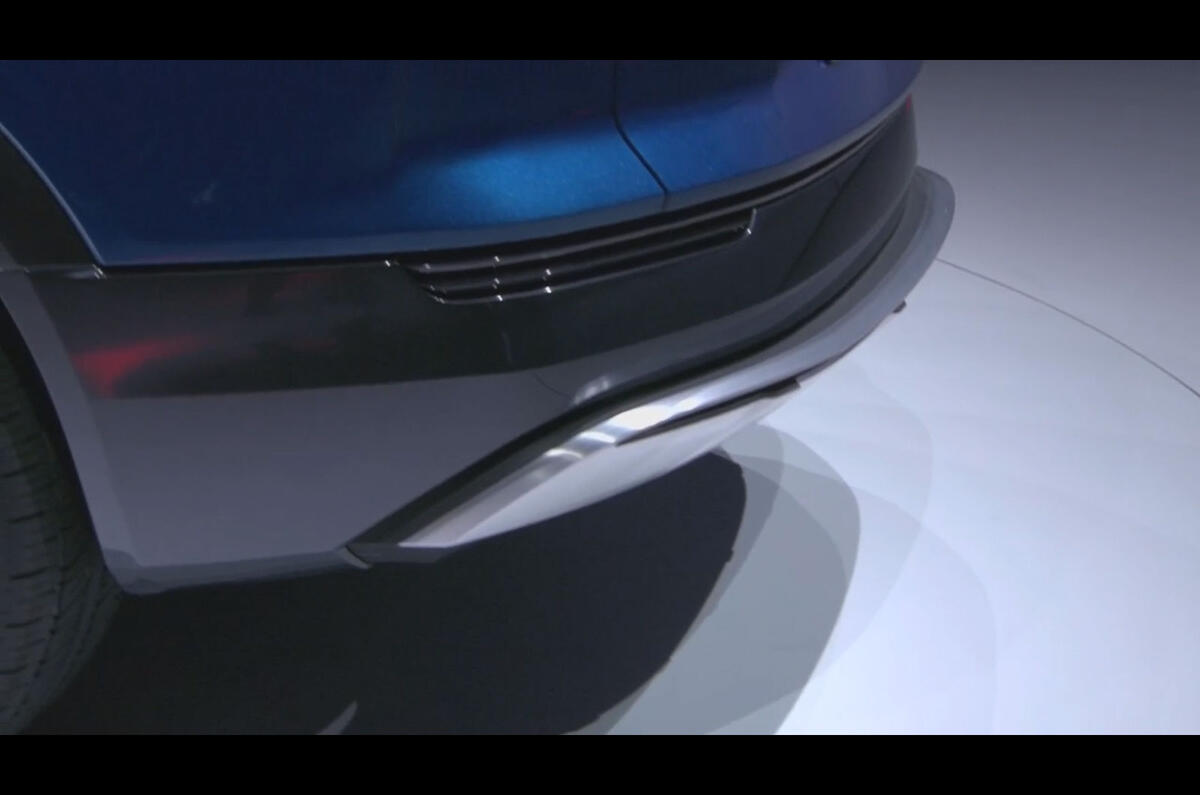
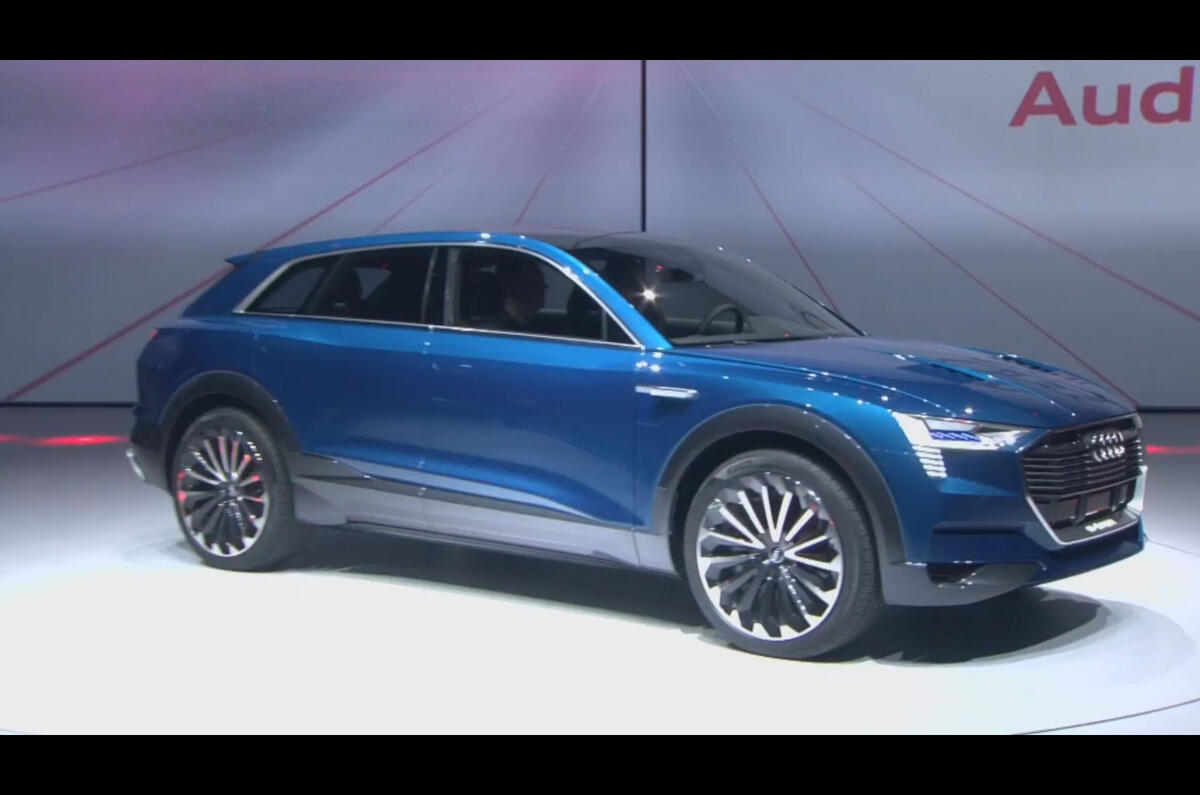
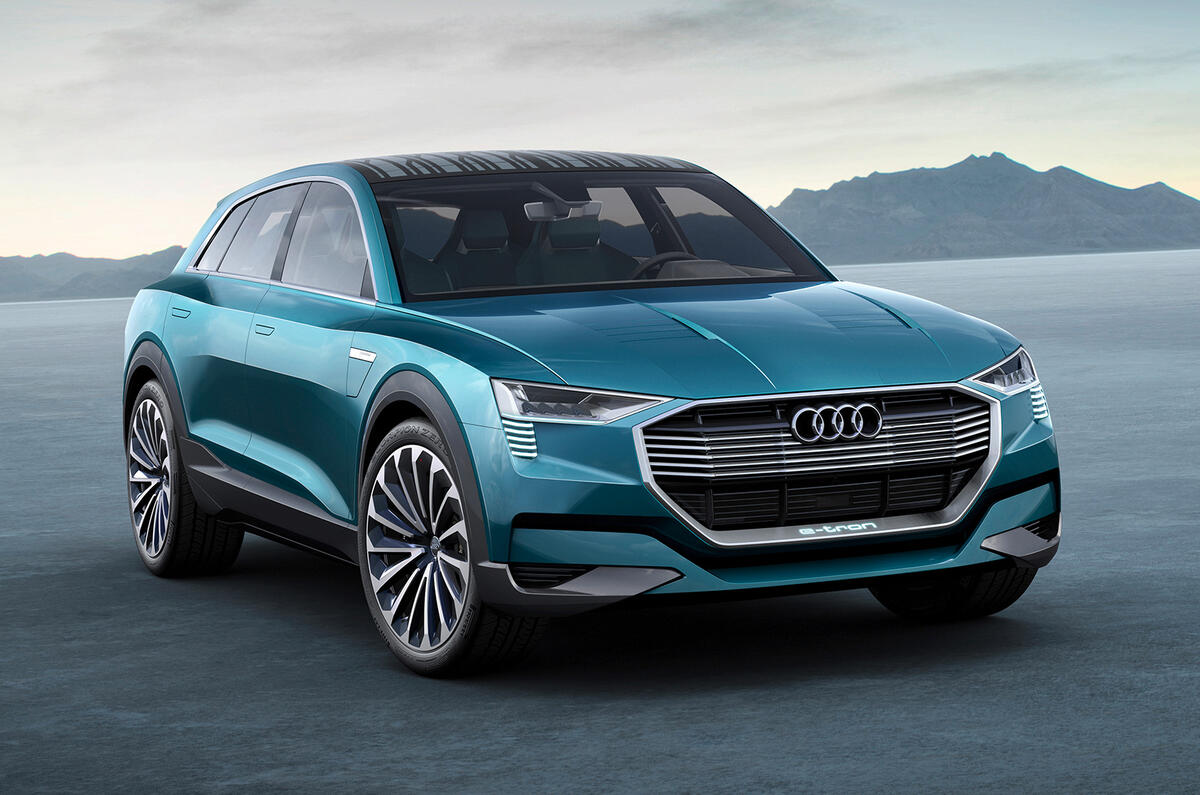
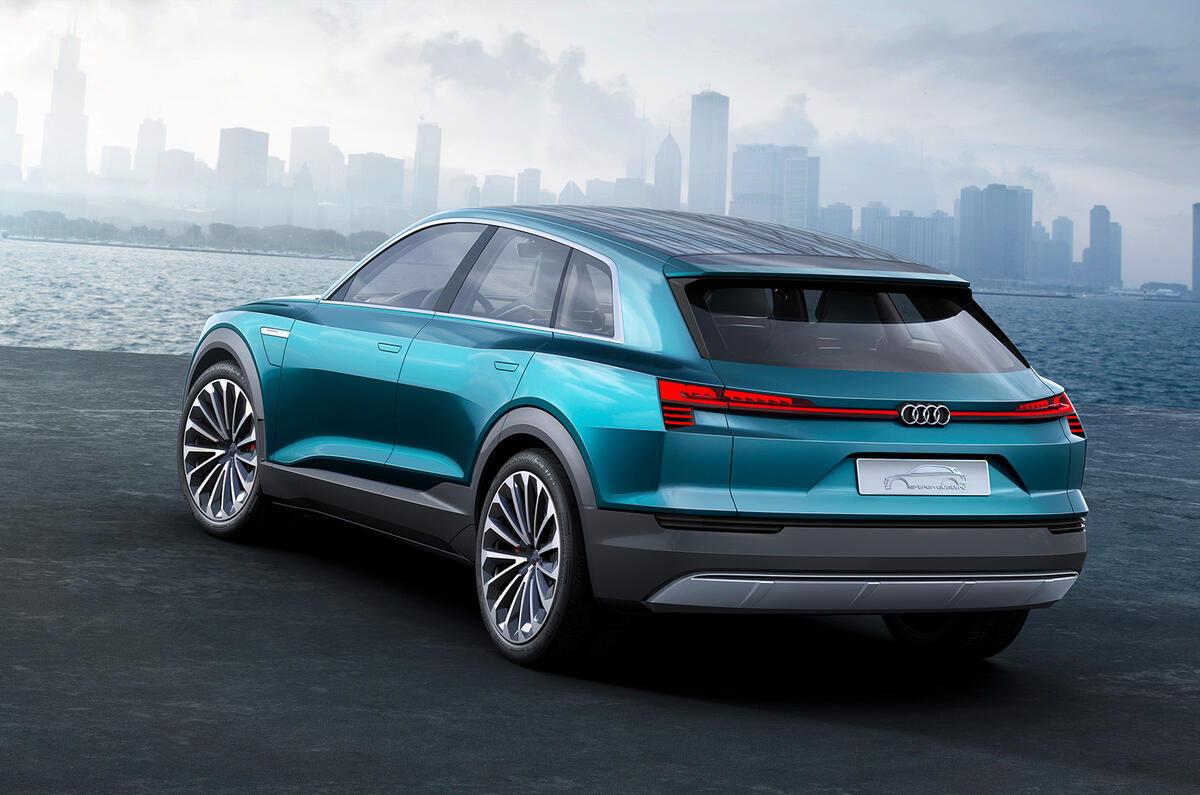
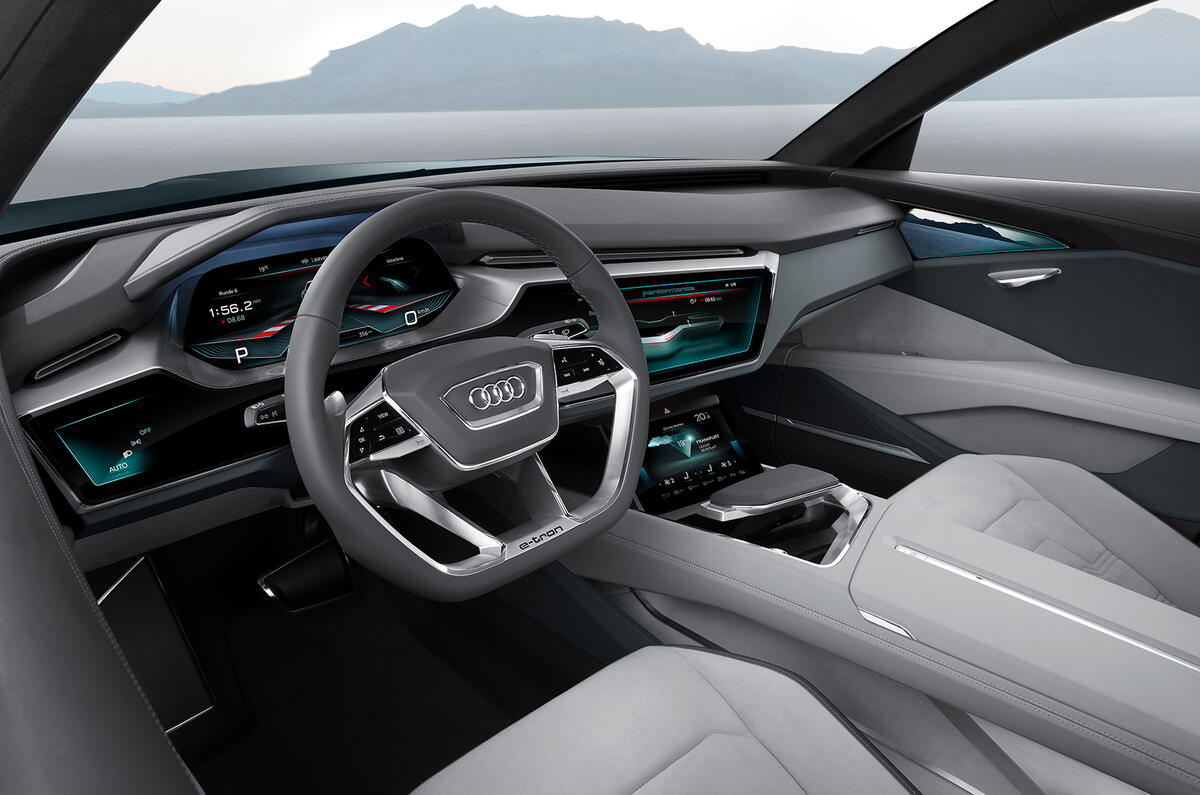
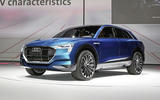
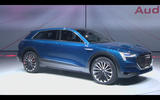
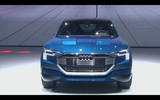
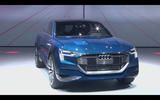


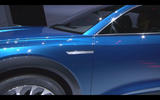

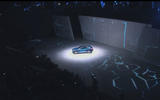
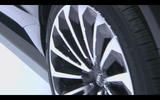
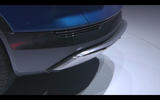
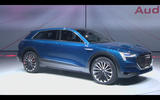


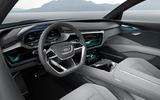


Join the debate
Add your comment
Oh dear!
bargain
Cd of 0.25 is all very well...